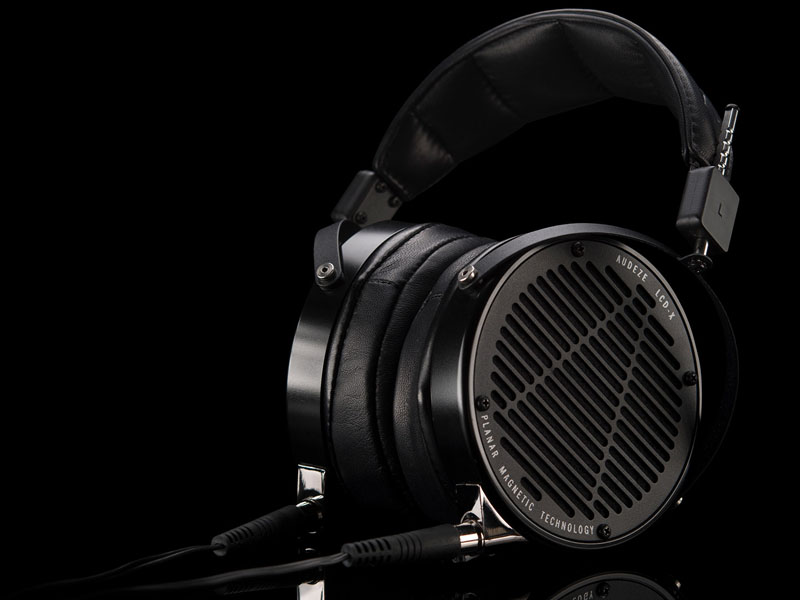So, you want to know good sound. Sure, anyone with a robust iTunes library and a subscription to Rolling Stone magazine can call themselves a music lover, but it takes a lot more to earn the right to call yourself an audiophile. Just as chefs discuss acidity or umami, oenophiles talk terroir, and artists speak of value and perspective, every field of expertise has its own language — and the world of audio is no exception. But you don’t need a “golden ear” to appreciate good sound, just a solid understanding of the hi-fi vernacular.
Treble:
Tones on the high end of the spectrum of human hearing. These high pitch, high frequency tones can be heard in the crash of cymbals, the trill of piccolos, and the electrifying scream of a particularly savage guitar solo. Too much treble and your music sounds screechy, coarse, and metallic; too little treble and your music will lack vibrancy.
Midrange:
Tones within the middle frequencies on the spectrum of human hearing, and the range where most musical energy is concentrated. Ensuring midrange quality is particularly crucial when choosing your audio system, as any distortions to the midrange can cause music to sound muffled or harsh.
Bass:
Tones on the low end of the spectrum of human hearing. These low pitch, low frequency tones can be heard in the booming of tubas, the deep twang of a standup bass, and the rumbles of the electronic synthesizers frequently used in hip hop and EDM. Bass give music a satisfying depth and explosive quality, but don’t fall prey to the common misconception that the more bass there is the better, unless you enjoy the sensation of your sternum rattling into dust.
Tonal Balance:
The relationship between various frequencies of the music. Music that has good tonal balance tends to have an even distribution of treble, midrange, and bass tones.
Soundstaging:
The uncanny ability of high-quality reproduction to give music a sense of physicality and directionality. A good playback system allows you to sense how “near” or “far” any given instrument or vocalist is from you. This prevents distinct sounds from blurring together and gives your music added depth and refinement.
Dynamics:
The relative loudness a sound system is capable of. A system with good dynamics is capable of reproducing a range of sounds from soft to loud, which gives your music energy and vivaciousness.
Detail:
The finer, more low-level components of the musical presentation. When choosing a sound system, consider the tradeoff between smoothness and resolution of detail. Too much resolution and your music will sound hard and aggressive; too little and it will be bland as iceberg lettuce.





